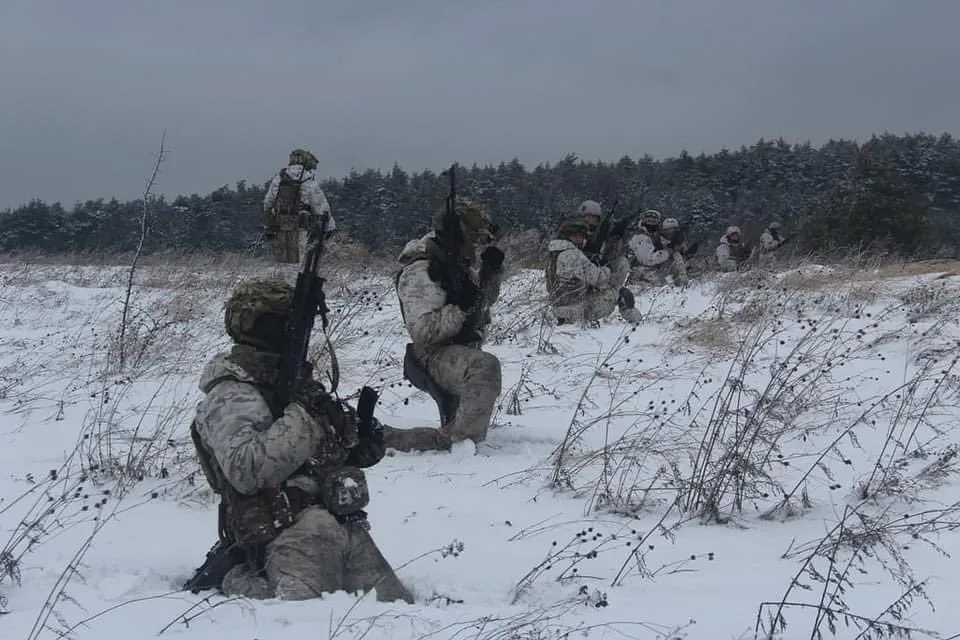What was supposed to be a lightning strike turned into a lengthy siege. It has been over two months and the fighting in Ukraine continues with both sides suffering badly. During this time, Russia has also surpassed Iran as the most sanctioned country, with over 5000 sanctions in place.
Putin may not win this war as he would have liked, but this continued occupation of Ukraine could have future geopolitical consequences that may not be visible today. Putin is determined to wield additional power while the Russian state appears to be on the verge of defeat.
The Russian Army’s primary goal has been to conquer more and more areas south of Ukraine, cutting Ukraine off and turning it into a landlocked nation.
Russia has taken enormous gambles in Syria, Crimea, Caucasus, and now in Ukraine and all this could blow back soon as Ukrainians have shown significant resistance against the Russian army with Western military equipment.
As of now, around 7 senior Generals of the Russian army have been killed along with 40000 Russian troops who have either died or abducted by the Ukrainian forces. Russia has lost 16 aircraft, 280 tanks, and 1000 smaller vehicles so far in this battle, significantly more than Ukraine.
The Russian army has been using Battalion Tactical Group, a small unit comprising 3 infantry vehicles, 8 self-propelled artilleries (SPA), 6 multiple rocket launchers (MRLs), and 12 Mobile Surface to Air Vehicles (SAV).
It was initially able to seize more area at a faster pace and with fewer fatalities, by utilising this formation, but this strategy ultimately failed catastrophically. Because many areas of Ukraine have tough terrain, the Russian Army found it impossible to move as swiftly as they had hoped.
The main concern for Russia was never the Ukrainian Army or local militias, but the NATO engagement in Ukraine. With NATO’s help, Ukrainian forces ensured that the Russian army should be pushed back and retrieved as much as possible from the Russians. It was estimated that Russia has deployed around 170 of these Battalion Tactical Groups (BTG).
One of the reasons for Russian failures in Ukraine was that they failed to secure the supply lines in major cities like Kyiv, Sumy, Mariupol, and Mykolaiv. The BTG strategy that worked very well during the first phase of invasion now turned into a chink in the armour.
Along with it, many NATO members provided Ukraine with state-of-the-art weapons that helped the Ukrainian forces somewhat mitigate the Russian aggression. Some of them were proved fatal like TB2 Bayraktar, and FIM- 92 stingers, changing the war’s momentum to the point where the Russian army suffered losses it never expected.
Ukraine is fighting for its existence, while Russia trying harder to get past the defences of the Ukrainian army and militia groups. Putin has other insecurities, especially in the south, the fact that Russia has a potential weak spot in the Caucasus, and any attack on its southern front can easily cut it off from the Caspian and Black seas.
For NATO, the options are few and as Russia makes deeper inroads, NATO would like to build up as much military as possible in Eastern Europe. As we have seen so far, this invasion of Ukraine by Russia has only caused panic in Europe, as Finland and Sweden will probably push for NATO membership to secure themselves.
Through global media, we’ve learned a lot about this battle, but one perspective, the Russian or Kremlin’s perspective, hasn’t gotten the attention it deserves. From the very start, the war was all about Russia and not Ukraine, about Putin and its interaction with the White House. The existence of Ukraine echoes the collapse of the Soviet Union.
Russia seeks to rebuild a multipolar world order and influence, it previously held as the Soviet Union. Kremlin’s mindset in Ukraine is similar to what it did in Kazakhstan earlier this year when it sent its troops to suppress the rebellion.
Its interference in the former Soviet states has been a regular affair. Russia is a massive country, the largest in the world, but its demography dictates its foreign policy. The main idea behind all this is to protect the power core that has always been difficult to defend.
Most of the Russian population lives in the Western part and the kremlin has to make policies it considers fruitful for its vital demographics. For the Kremlin, the Russian sovereignty is very fragile, and it needs to be protected at all costs, and the invasion of Ukraine is the first step toward it.
Russia will not stop at Ukraine, it will push much deeper into the Eastern European, and countries like Poland, and Moldova may see Russian forces near their border in near future.
For the Kremlin, increasing its area of power is essential; it aims to establish a zone of influence in the former Soviet Union regions. It can either directly launch military operations like in Ukraine or elect a leader that would work as per the wishes of the Kremlin like in Belarus. The Russian approach is quite simple: either expand or die and, for the kremlin, political legitimacy comes from military conquest.
Disclaimer: The views and opinions expressed in this article are the personal opinions of the author.
The facts, analysis, assumptions and perspective appearing in the article do not reflect the views of GK.






